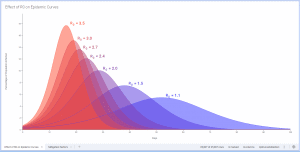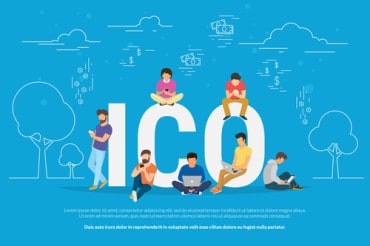
Organizations trying to assess the impact of the pandemic on their business can use TIBCO Spotfire to analyze the Johns Hopkins data alongside other public data sources the company is starting to aggregate.
TIBCO Software has launched a public Web site through which it is making available analytics to track the spread and impact of the COVID-19 pandemic using the TIBCO Spotfire analytics software.
The goal is to enable organizations to assess the potential impact of the COVID-19 pandemic using sound data science principles versus relying on reports that tend to only stress the best or worst-case scenarios, says Michael O’Connell, chief analytics officer for TIBCO Software.
See also: Keep Up to Date with RTInsights COVID-19 Coverage
“Those reports tend to stress extreme fear to total indifference,” says O’Connell.
The dashboards that TIBCO Software has preconfigured also enable organizations to track and project, for example, hospital utilization rates based on the number of reported infections. The dashboards also project the impact social distancing and other mitigation efforts are having on slowing the spread of the COVID-19 coronavirus.
In general, O’Connell says the COVID-19 pandemic from an analytics perspective is a highly fluid series of events. Because of a lack of testing and the potentially large pool of asymptomatic individuals capable of transmitting the disease, hot spots can flare up quickly.
The core data being relied on by TIBCO comes from Johns Hopkins University, which is a customer of TIBCO Software. The university is making the analytics it creates available to both healthcare and insurance companies as well as media outlets. Based on that data and an assumption of a 10% risk of infection and a 0.1% mortality rate, O’Connell says the current fatality rate might be about one in every 10,000 individuals. Like most projections, that estimate is liable to change as more data becomes available.
Other organizations, however, that are trying to assess the impact of the pandemic on their business can alternatively download a copy of TIBCO Spotfire to analyze the Johns Hopkins data alongside other public data sources that TIBCO Spotfire is starting to aggregate.
Individuals that access the TIBCO Spotfire COVID-19 web site can then compare and contrast the models they create using TIBCO Spotfire with models that are being made available around the world by multiple universities, notes O’Connell.
With anywhere between 100,000 to 240,000 fatalities in the U.S. now expected by the Federal government, the COVID-19 pandemic has emerged as a global tragedy. Less clear, however, is the economic impact. As the number of layoffs stretches into the multiple millions around the globe, data analysts will be trying to assess the impact a sharp downturn in demand for a wide range of products and services is likely to have on their organizations. Conversely, there are also pockets of vertical industries, such as online entertainment and educational services, that are experiencing a massive surge of usage and adoption. Many of those businesses are trying to project how long that demand may continue based on when the COVID-19 outbreak might peak in specific geographic regions.
Naturally, it’s difficult to plan at a time of massive uncertainty. However, as financial stimulus aid is injected into the economy around the world the impact of COVID-19 pandemic might be short-lived. At this point, however, it’s just as likely that some sectors, such as the cruise ship industry, might be transformed utterly in ways that are difficult to predict. Many business leaders are now turning to data scientists to create models that at lead offer some potential guidance around which business continuity strategies can be constructed. The challenge many business analysts face in the short term is accessing trusted data sources that have been curated by professional data scientists.




























